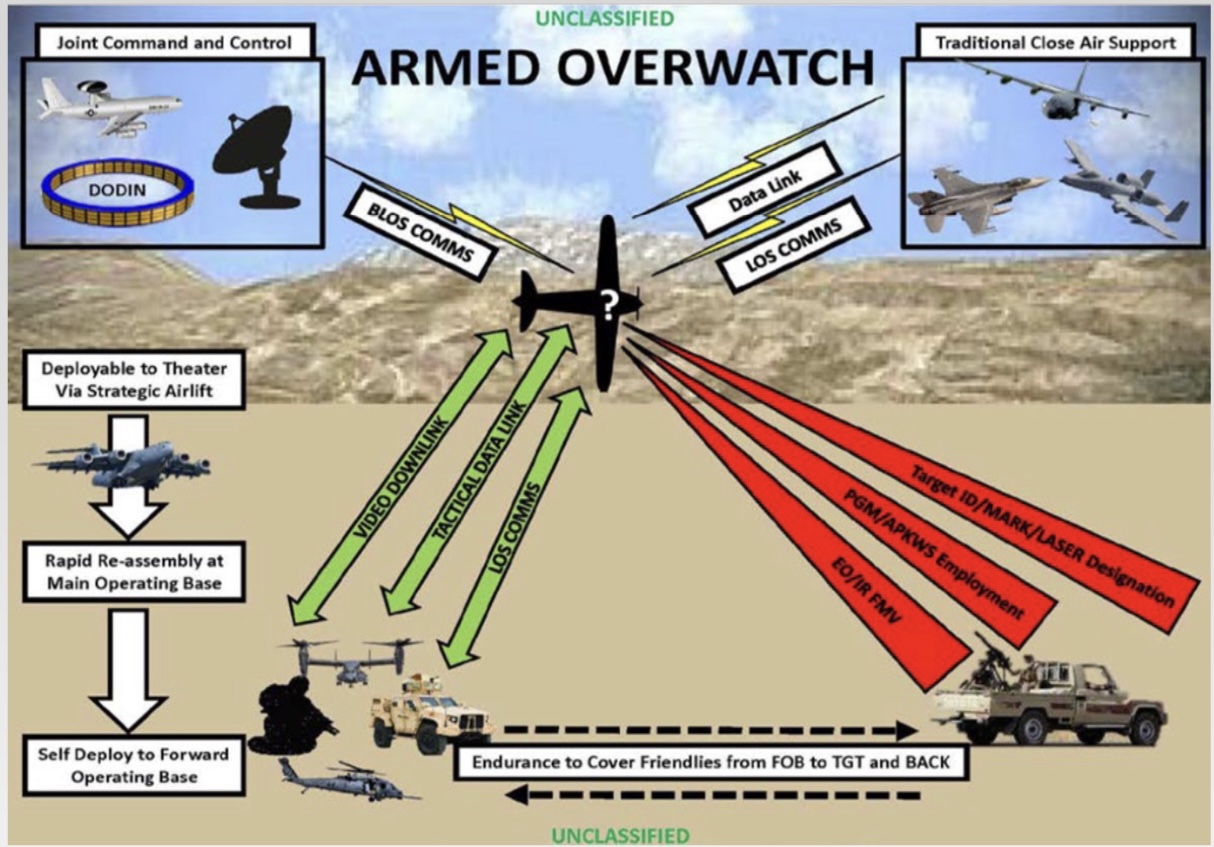
Last week USSOCOM selected five candidates for their Armed Overwatch program which the Command places a high priority on to provide dedicated Close Air Support, precision strike, and airborne intelligence, surveillance, and reconnaissance (ISR) from austere locations in a permissive environment.
The candidate systems:
L-3 Communications Integrated Systems AT-802U Sky Warden
Leidos Inc Bronco II
MAG Aerospace MC-208 Guardian
Sierra Nevada Corp. MC-145B Wily Coyote
Textron Aviation Defense AT-6E Wolverine
Missing is the Embraer EMB 314 Super Tucano or A-29, as it has been known during the cancelled USAF Light Attack Aircraft trials which seemed a serious contender when USSOCOM began talking about the need for an Armed Overwatch capability a few years ago. Even stranger, Air Force Special Operations Command is poised to begin operating three A-29s as part of their Combat Aviation Advisor mission.
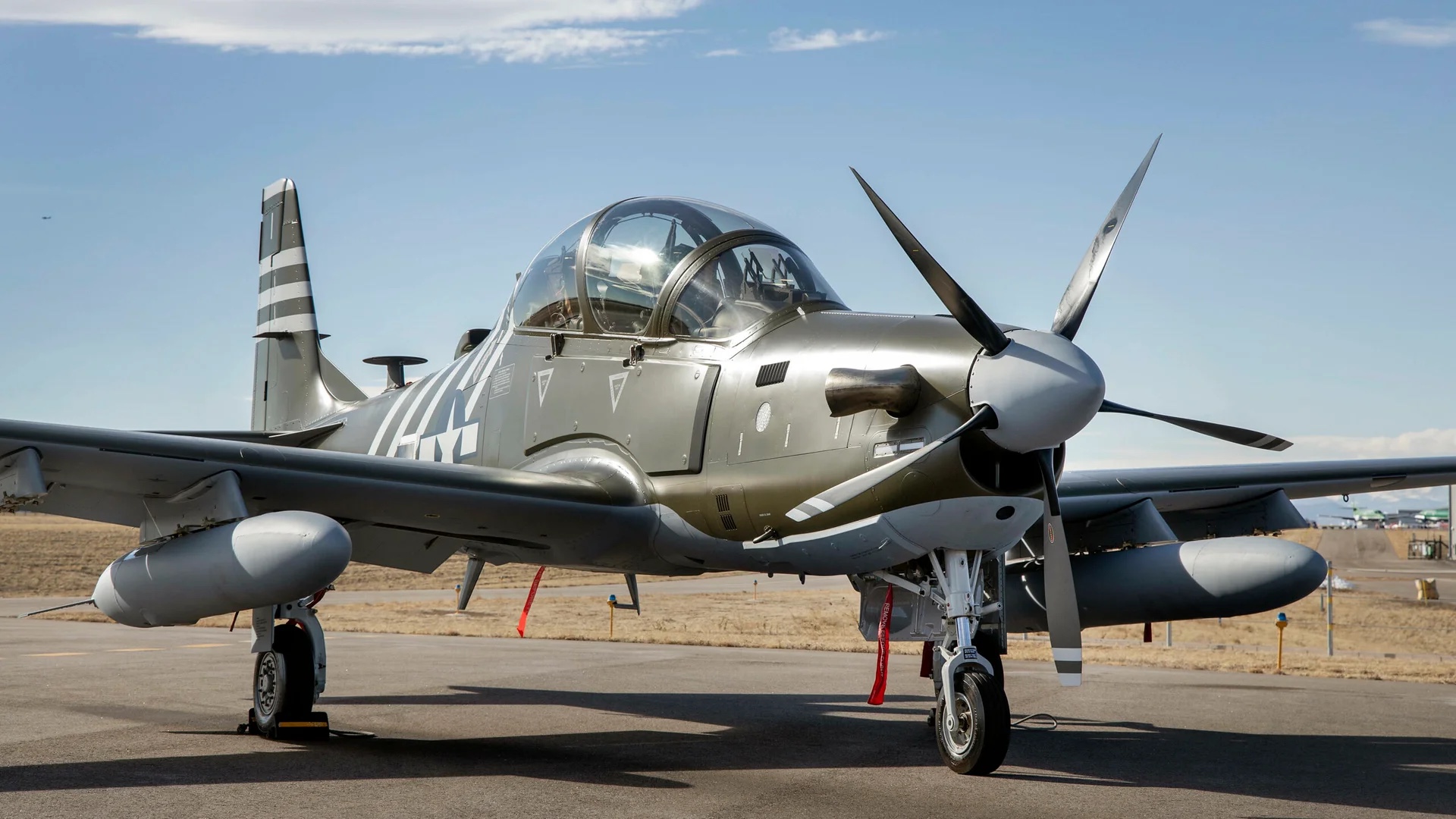
It’s important to note that the Air Force also purchased several AT-6E Wolverine examples after cancellation of the Light Attack Aircraft program which it continues to experiment with.
However, the candidates selected are all noticeably different aircraft which will give the Command multiple data points to determine how to best fulfill their requirement.
USSOCOM is using the Other Transaction Authority (OTA) agreement acquisition strategy. To mitigate risk, they’ve looked at this from the outset as leveraging Near Non-Developmental airframes from industry.
Despite this, last year Congress put the brakes on purchasing the aircraft but allowed the Command permission to conduct an evaluation during this year.
In all, USSOCOM plans to buy 75 Armed Overwatch aircraft to satisfy their global commitments. As an offset, it looks like AFSOC’s fleet of U-28A “Draco”, a legacy airborne ISR aircraft which is based on the Pilatus PC-12 will get the axe to help free up manpower billets, ramp space and the budget. Draco can’t fulfill the Armed Overwatch mission due to its lack of close air support capability.
Noticeably absent from the candidate aircraft are unmanned systems. During a SOFIC media round table yesterday, USSOCOM Acquisition Executive Mr Jim Smith explained that the Command always anticipated a mix of manned and unmanned systems, but in the future he expects Armed Overwatch to become even more capable by controlling semi-autonomous unmanned aerial systems as part of the program.
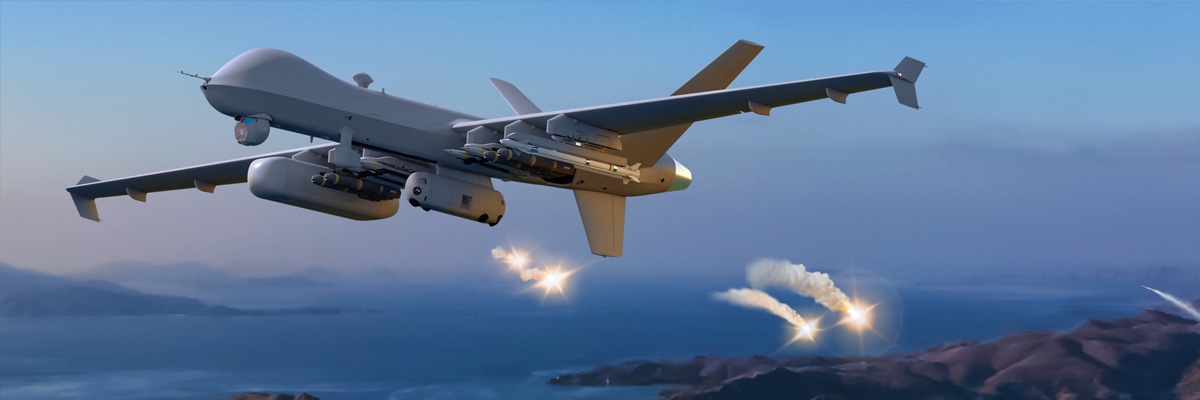
Despite the program’s foxua on manned aircraft, Dr Michael Vickers, former Army Special Forces Officer and CIA Operations Officer who just so happened to also serve as Assistant Secretary of Defense for Special Operations, Low Intensity Conflict and Interdependent Capabilities, made an rather compelling case in an Op-Ed in the Military Times for relying on the General Atomics MQ-9 Reaper for the mission. He cited the lack of risk to a manned crew and noted that the aircraft is already in the inventory rather than a new system as well as a few other points. It’s worth a read, but keep in mind that he now sits on the General Atomics advisory board which manufactures the MQ-9.
To select the right aircraft for the job, Mr Smith laid out the criteria the Command would use to evaluate the systems with emphasis on what he described as the “move, shoot, and communicate” Key Performance Parameters.
– Austere Take Off and Landing
– Range / Endurance
– Weapons Employment (they will be interested for the evaluation)
– Communications (Line of Sight and Beyond Line of Sight)
– Cockpit Configuration
– Full Motion Video capture
– Auto Pilot
They’ve allotted five weeks in June and July at Elgin AFB, Florida for the five candidates and each will make five flights. The first three flights will be used to evaluate the criteria listed above. The fourth flight is a make up and the final flight will include an AFSOC Operator in the crew.
After that, the Command will take a hard look at the candidate performance as well as the logistics chain required for the 75 aircraft. According to past comments by AFSOC Commanding General Lt Gen James C. “Jim” Slife, they hope to make a decision and begin procurement in 2022.


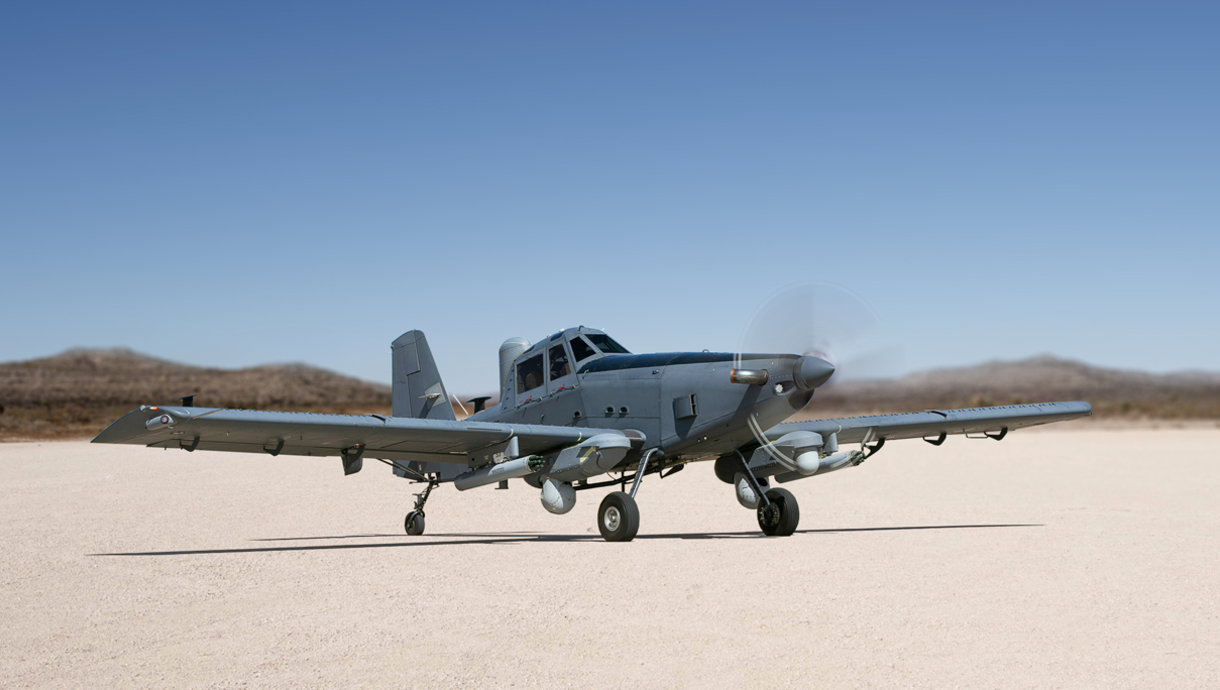
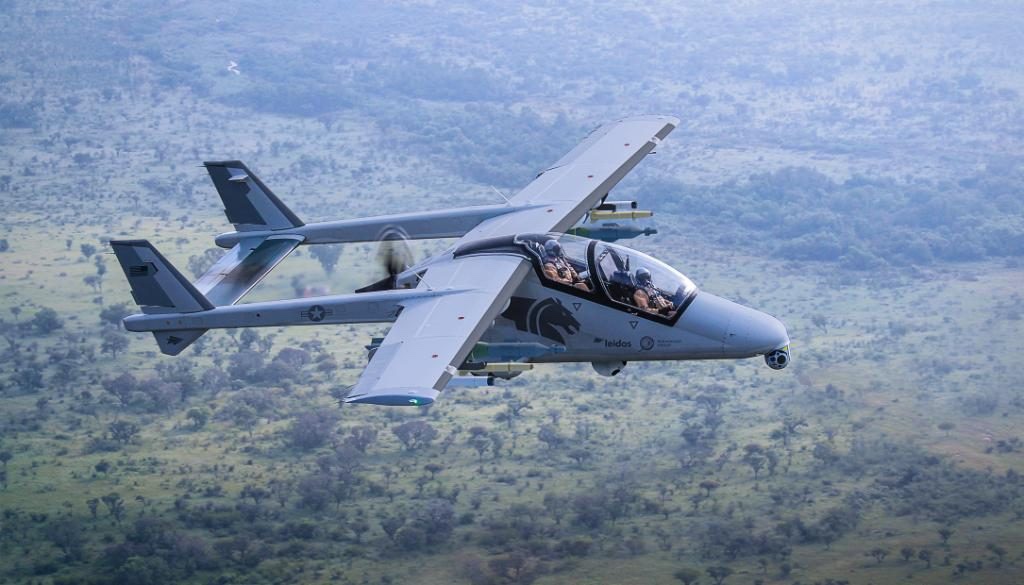
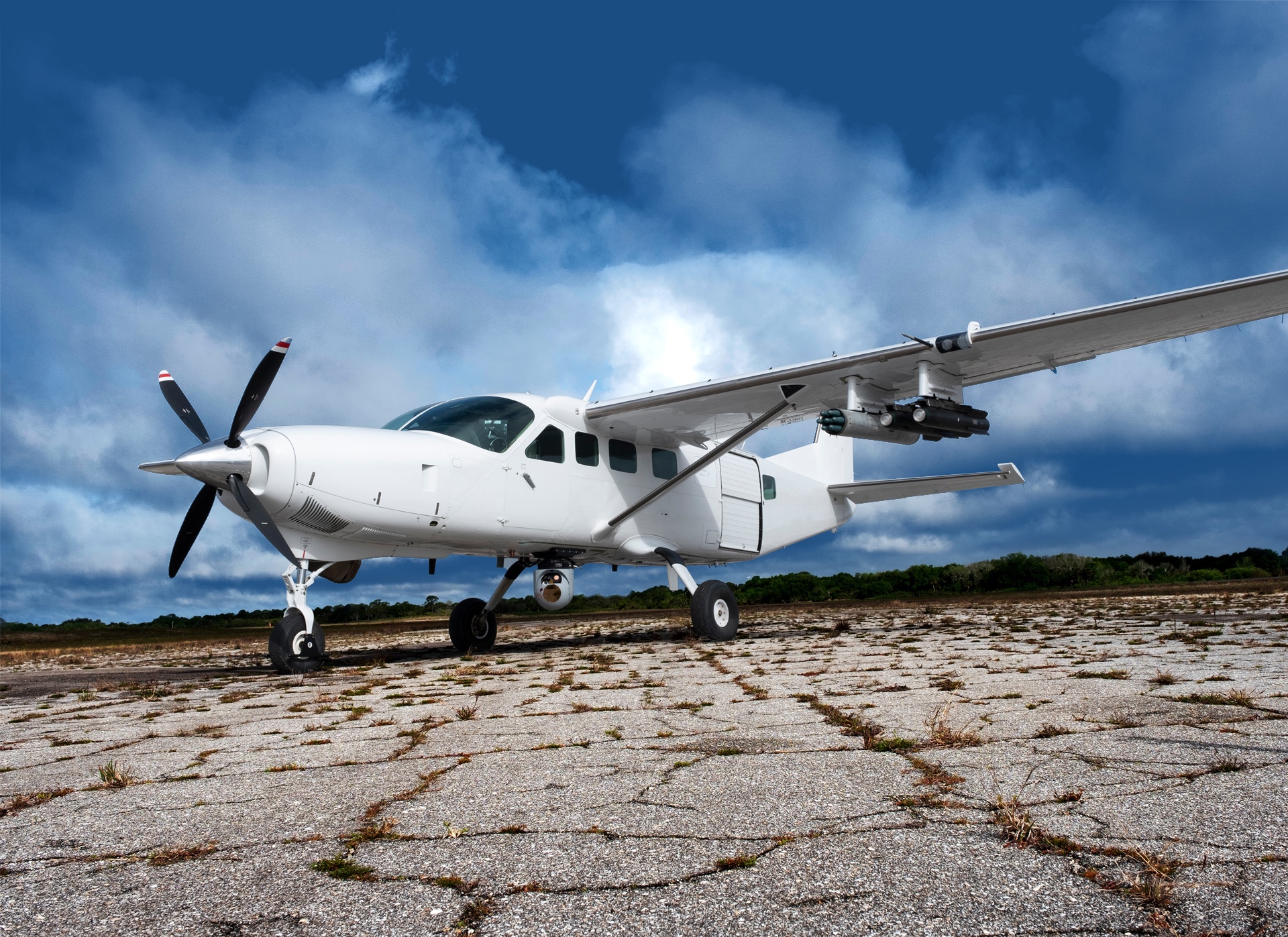
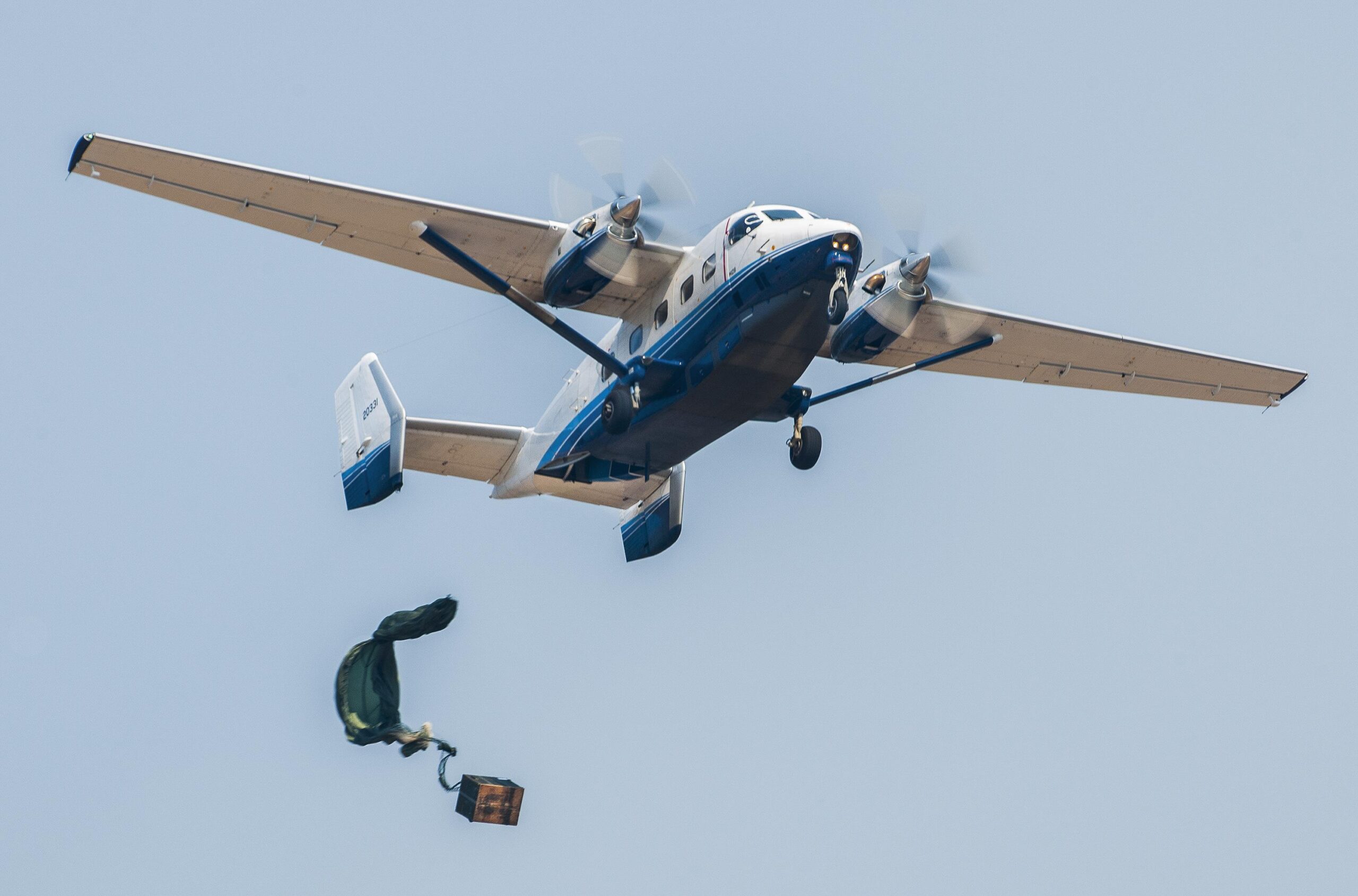
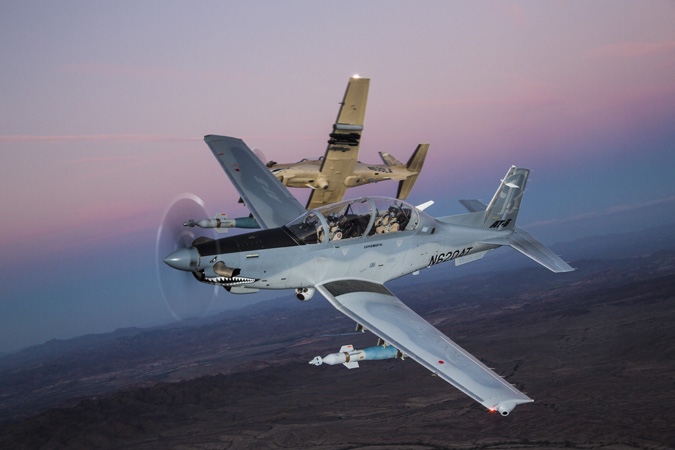
Interesting to see the 208 and 145 in there, good possibility they could use or adapt some of the CLT and maybe even palletized munition development happening now and have some additional space for the ISR mission. Not sexy like the Bronc or Texan, but might just be a different type of capable.
My thoughts as well. They’re bringing a lot more to the party than being an aerial gun truck. In-theater logistics they can control, albeit small scale obviously, maintains better autonomy. The ability to stuff various SIGINT capabilities in there that they’re losing with their U28s. But that extra size could be a bit of a problem if they’re really just looking for that flying gun truck.
Agree about the size,the Bronco’s ability to fit in a C130 or two to a C17 would undoubtedly be handy. On the other hand the larger planes have an advantage when it comes to self deployment.
Why not just build and modify the North American P-51 Mustang.
The retooling would be incredibly expensive and then there’s all the development necessary to include ISR technology. It also has a crew of one.
Most importantly, why? It was not the premier ground support aircraft of WWII. Pretty, iconic, long range? Yes.
Payload, modularity, technology integration? Poor.
With the “finalists” being so different, it looks to me like there will be no winner of this program and USSOCOM is using it for figure out what they are looking for.